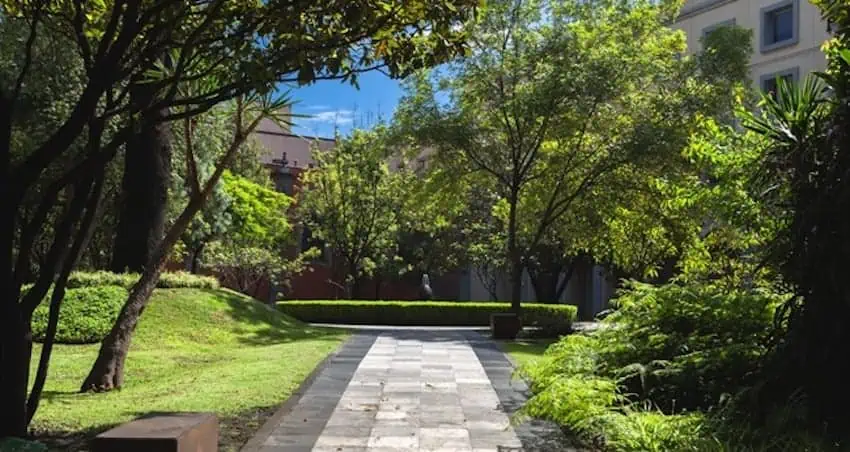What’s in a name? AMLO calls to rename the Sea of Cortés

Pico de Orizaba or Citlaltépetl? Mexico or the United Mexican States? The Gulf of California or the Sea of Cortés?
In the final case, President López Obrador has a clear preference – and if you’ve heard him speak about what he has called the “atrocities committed in the colonial invasion” by Spanish conquistadores, you can probably guess what it is.
“On Saturday I went to Mexicali, to San Felipe on the Gulf of California,” he said in Culiacán, Sinaloa, on Tuesday.
“It was called the Sea of Cortés before, but we’re going to change the name [to] the Gulf of California. Sea of Cortés, my foot!”
AMLO’s pledge to change the name of the small sea between the Baja California peninsula and the Mexican mainland – which is also less commonly called the Vermillion Sea – comes two years after former Baja California governor Jaime Bonilla issued a decree to officially rename it the Gulf of California.
López Obrador appears determined to do something similar at the federal level.

The name Sea of Cortés (sometimes spelled Cortéz) dates back to the 16th century when the land now known as Mexico made up part of the territory of the Viceroyalty of New Spain.
According to one version of events, conquistador Hernán Cortés bestowed the name on the sea when he arrived there by ship in the 1530s.
According to another version, Spanish seafarer Francisco de Ulloa, who was commissioned by Cortés to explore the Pacific coast of New Spain, named the body of water the Sea of Cortés in 1539 in honor of the conquistador who led an army that conquered Tenochtitlán in 1521.
Dubbed “the world’s aquarium” by French oceanographer Jacques–Yves Cousteau due to its immense marine diversity, the Gulf of California is bordered by four states: Sinaloa, Sonora, Baja California and Baja California Sur. That name, derived from its location, and the Sea of Cortés are both frequently used.

López Obrador – who in 2019 wrote to the king of Spain to request an apology for the conquest – noted on Tuesday that his government has already changed the name of a garden in the National Palace from “Jardín de la Emperatriz” (The Empress’s Garden), named after the wife of Emperor Maximilian I, Charlotte of Belgium (also known as Carlota de México), to “Jardín Nezahualcóyotl” in recognition of the 15th century ruler of the city-state of Texcoco.
He is not the only Mexican president to propose making a name change not long before the end of his term. In November 2012, just over a week before he left office, Felipe Calderón sent a proposal to Congress to change the official name of the country he was governing from the United Mexican States (Estados Unidos Mexicanos) to plain old Mexico.
His last-ditch attempt “to get the United States out of Mexico,” as the Associated Press reported at the time, was unsuccessful, and Mexico today is still officially called the United Mexican States, a name that is rarely used except on government documents and other official material.
With reports from El Universal and Excélsior
Source: Mexico News Daily

